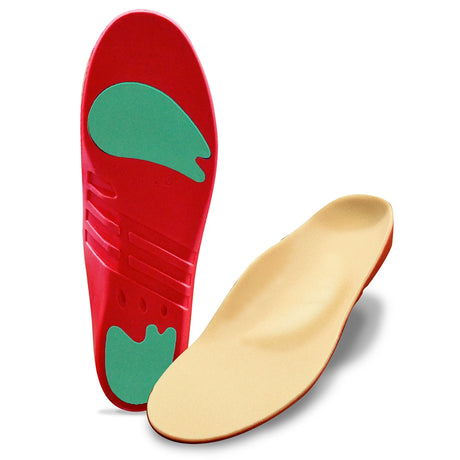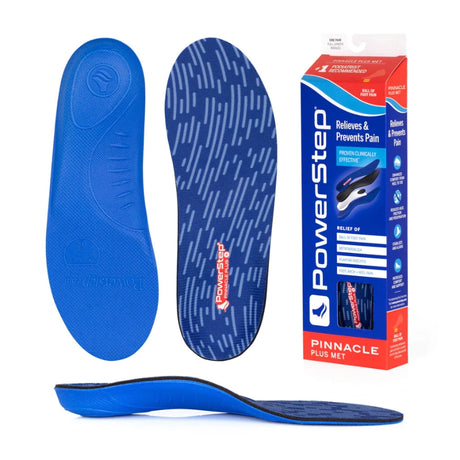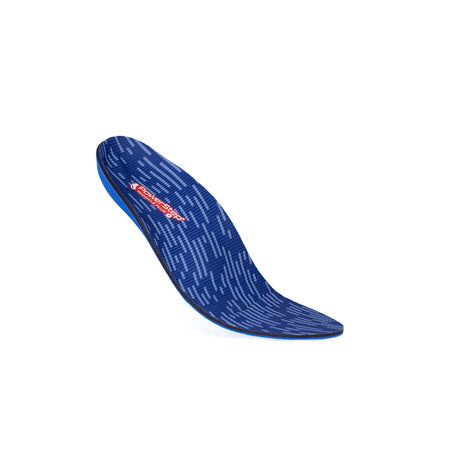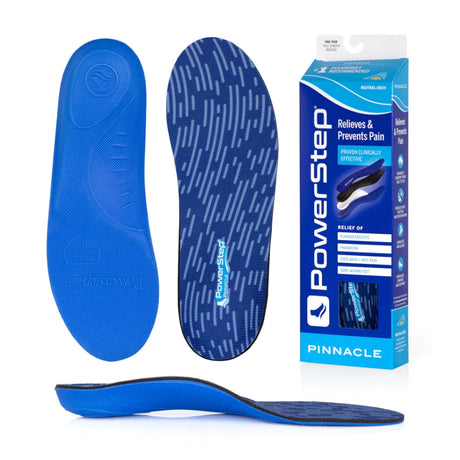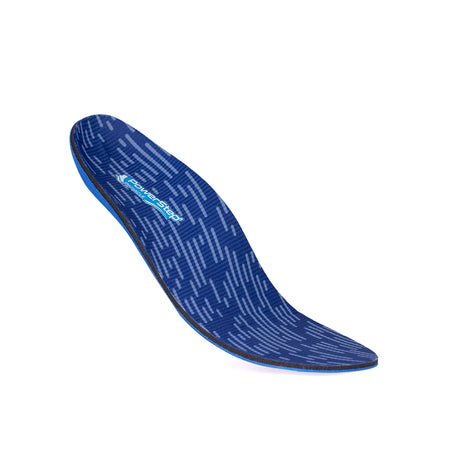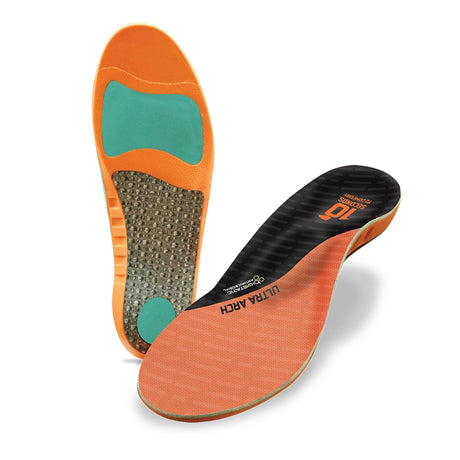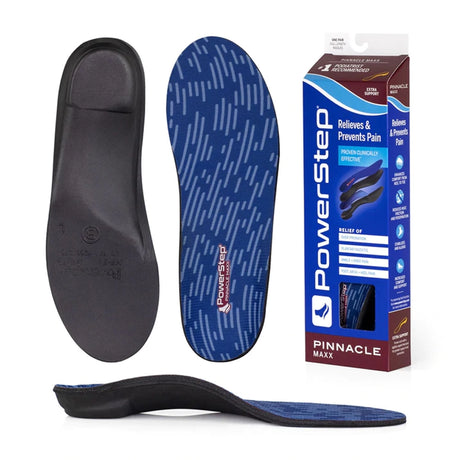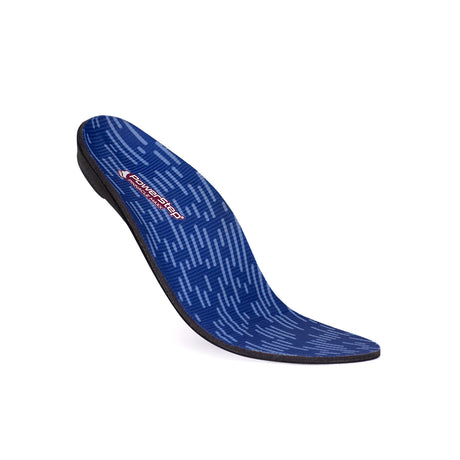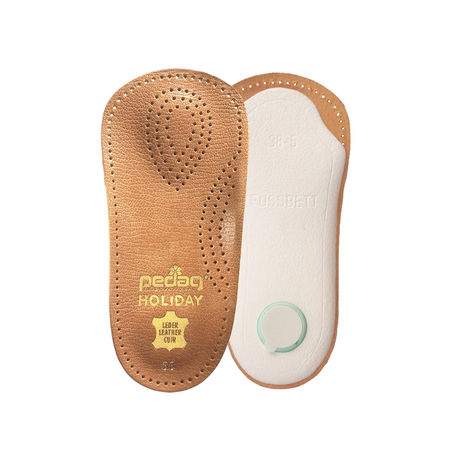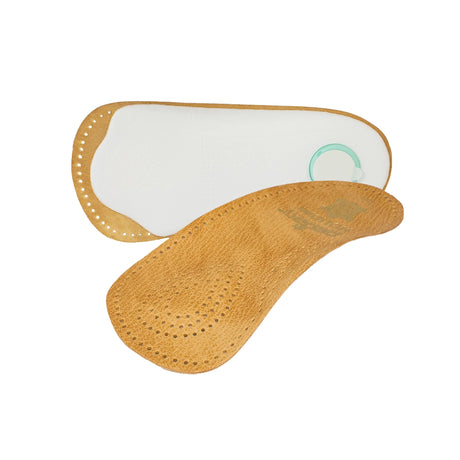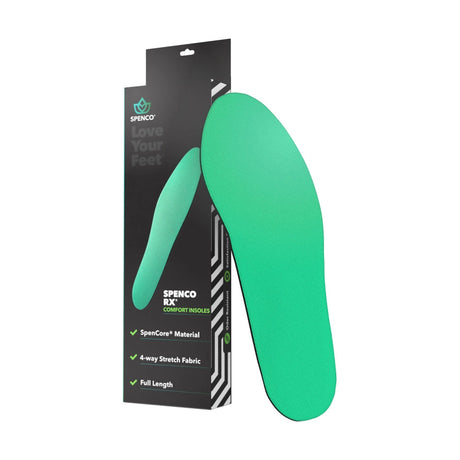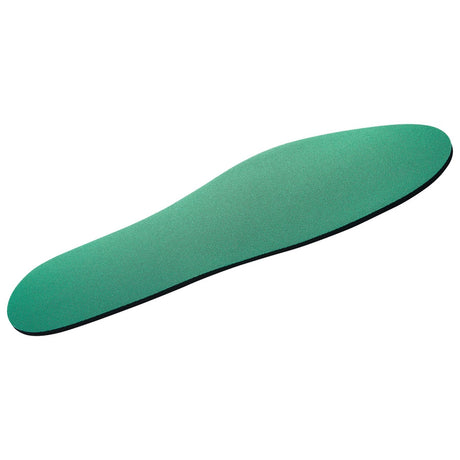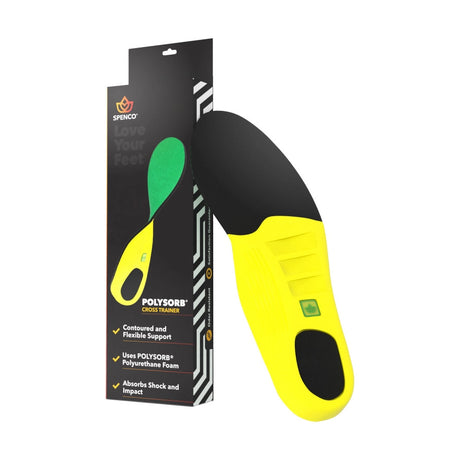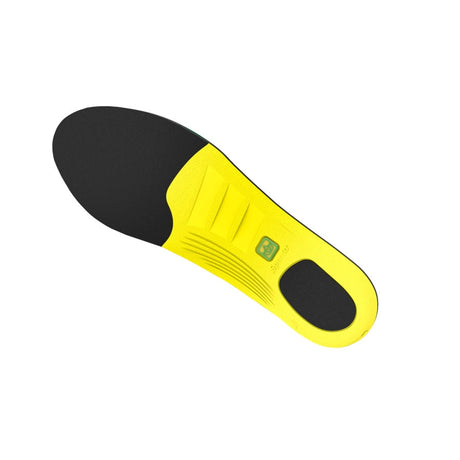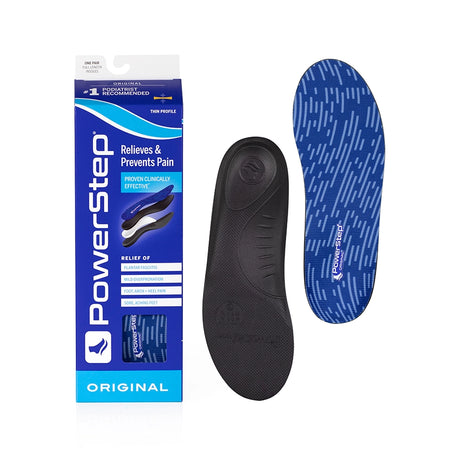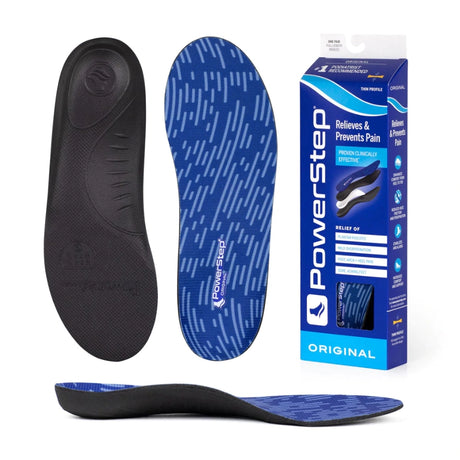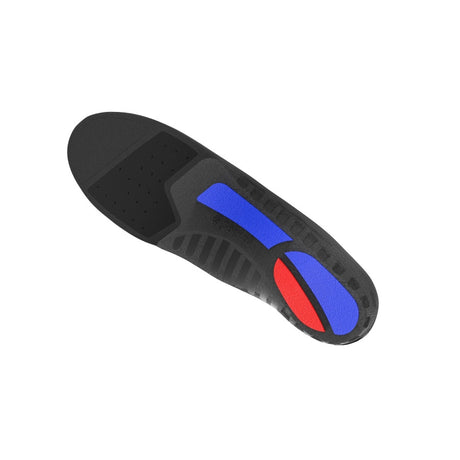Today, I wanted to talk a little bit about the process of "molding" shoe insoles, as we often get a lot of questions from our shoppers about what molding an insole means, why it matters, and how it's best accomplished. So in today's post, we're digging into moldable insoles: What does it mean? How do you do it? Why does it matter? We'll answer these questions and more!
Molding an insole? What's that?
The process of molding an insole simply means that the overall shape of the insole is changed to better conform to the shape of your foot, and this is a process that every single insole goes through. So, in a sense, the term "moldable insoles" doesn't refer to a specific type of insole, since all insoles are moldable, really.
To understand the molding process a bit more, think of it this way:
Let's imagine that you have three pairs of the same brand & style of insoles in front of you. You try on all three pairs, and all three feel the exact same. They might feel a little uncomfortable, given that all three are brand-new and fresh out of the box when you try them on, but the point is that they all feel the same. Which makes sense, since all three are the same item and none of them have ever been used before.
At this point, you give a pair of the insoles to a buddy of yours, you keep a pair to use in your own shoes, and you put one pair away, completely untouched.
A month later, you and your buddy meet up. You're wearing your pair of the insoles, which you've molded to your feet, and they feel super comfortable now. You try on the pair of insoles that you kept unworn, and they feel uncomfortable when you do — they definitely feel a bit different from your current, molded pair. And lastly, you try on the pair that your buddy has been using, and they're also uncomfortable to you — and importantly, they feel distinctly different from the unworn pair of insoles you had tried on, too.
This is all because your insoles have been molded to your feet, while your buddy's insoles have been molded to their feet, and the unworn insoles haven't been molded at all. Despite starting life as three identical pairs of insoles, all three pairs now have different and unique shapes due to the fact that they've been molded differently (or not molded, in the case of the unworn pair).
But there's more to it, too:
You then take your pair of the insoles out of the shoes you've been wearing them in for the past month, and you place them in a different pair of your shoes. You slip your feet into these shoes and, well, they don't feel as comfortable as the other shoes were despite having the same insoles in them, and you might even think that they were more comfortable in the first pair of shoes. Odd.
This is because the insoles have not only molded to your feet, but also to the shoes you've been wearing them in. The shape of your two shoes are different — just like the shape of you and your buddy's feet are different — and your insoles have molded to the shape of your second-favorite shoes since those are the ones you've worn the insoles in the most. Even two shoes of the exact same style may differ in shape if one is worn differently than the other. Ever heard of "breaking in" a pair of new shoes? This is a molding in and of itself, and although minor, the shape of a new pair of shoes will slowly change over time as they're worn and used.
All this simply means that when you took your pair of comfortable, molded insoles out of your first pair of shoes, where they had been molded over the past month, and placed them in your other pair of shoes, the insoles all the sudden didn't sit quite the same. The insoles were still molded to your feet, but they sat ever-so-slightly differently in the one pair of shoes compared to the other.
This is essentially all molding is: The changing of an insoles shape — often slowly over time — to better conform to the shape of your specific foot and shoe.
How are insoles molded?
All shoe insoles — no matter what materials they're made from or whether they're advertised such or not — are moldable. So the question isn't "Are my insoles moldable," it should instead be "How do I mold my insoles?"
In general, there are three methods for molding a pair of insoles:
- The most common method, by far, is wear-molding. This is the process by which an insole molds to the shape of your feet and your shoes over time simply by wearing the insoles. When we sometimes talk about "breaking in" a new pair of insoles, what we're really referring to is the wear-molding process of wearing the insoles for long enough that this wear-mold process can begin to take place.
- An increasingly popular method is heat-molding. This is a method in which a pair of insoles is literally heated up in order to activate special materials in the insole, which allows the insole to be molded to your feet and shoes extremely quickly. The heated insoles are placed in your shoes, and you simply put the shoes on and stand in them for several minutes while the insoles return to room temperature. Once cooled, the molded shape of the insole is kept even when you take your shoes off.
- Lastly, there's custom-made insoles. These are insoles specifically designed to match the unique shape of your feet, either by taking precise measurements of the foot or by using casting molds to capture the shape of your foot. Most often this is done through a podiatrist, but there's an increasing number of retail establishments that offer varying degrees of custom orthotic production.
Ultimately, though, regardless of which method is used to initially mold an insole — whether you wear-mold from the start, heat-mold the insole before using them, or have the insoles custom-made — all insoles will continue to be wear-molded over time. Just like anything else used repeatedly over long periods of time, your insoles will continue to compress and flex as you wear them, and over time this will lead to the shape and the materials of the insole slowly continuing to mold to your feet. And again, this takes place regardless of how the insole was first molded, or the materials the insole was made from. Even custom-made carbon fiber insoles will wear-mold to your feet over time, with use.
Which insole molding method is best?
Like anything, there's pros and cons to each molding process, which we'll try and outline below.
| Molding process | Pros | Cons |
| Wear-molding |
|
|
| Heat-molding |
|
|
| Custom-fitting |
|
|
Why does all this matter?
The obvious answer and the one that people can always correctly deduce is that the more an insole is molded to the shape of your feet, the more comfortable it will feel. But it's worth understanding what you'll need to put into an insole first in order to achieve that level of comfort: With a wear-mold insole, you'll have to invest a bit of time wearing the insole first in order to get it to mold well to your foot. With a heat-mold insole, you'll need to invest the time it takes to prep and heat-mold the insole. And with custom-fitted insoles, you'll need to invest the time to have them produced in addition to the cost to make them. Knowing which direction you want to take can help you select the best insole for your needs and prepare accordingly.
But there's a few other takeaways, as well:
- Wear-molding an insole takes time, and during this time the insole might feel a bit uncomfortable. You need to wear the insole for a little while each day to "break in" the insole before you commit to wearing it for an entire day.
Note: This is the reason that many insoles have Wear-Test Guarantees. It's to allow you to actually wear and use the product to get past this break-in period so that you can see how an insole feels once the molding process has been started.
- Heat-molding an insole speeds up this process by reducing the "break in period" to a matter of minutes, but this process requires some prep-work first. Each manufacturer's instructions are different, but generally this involves pre-heating an oven to a specified temperature, heating the insoles for a few minutes, placing the heated insoles in your shoes, and standing on the heated insoles for several minutes to complete the molding process.
- Custom-made insoles are designed to match your foot shape, and while your feet still need to adjust to the new insoles, the break-in period will be shorter than even that of heat-moldable insoles. Keep in mind, too, that unless your shoes were taken into consideration, even custom-made insoles will need to be wear-molded to your shoes over time.
- Swapping your insoles from one pair of shoes to the other isn't best practice. You're interrupting the wear-molding process, and perhaps even preventing the insoles from wear-molding to your shoes at all if you keep moving them between shoes. In general, your insoles are designed to be worn in a single pair of shoes for their entire life.
- Purchasing a brand-new pair of the same insoles you've been comfortably wearing for the last 6 months resets the molding process. Your old insoles will have been molded to your feet for quite some time, while the new insoles haven't been molded at all.
Additional notes & resources
- All insoles are wear-moldable.
- Wear-mold insoles should be "broken in" for an hour or two daily for the first several days before long-term wear. Check out our How to Break In a New Insole guide for details.
- Only specific insoles can be heat molded. Our current selection of heat-moldable insoles consists of the FORM Insoles lineup and the PowerStep Pinnacle Heat-Moldable Insole.
- Our help center has a helpful How-To Guide and reference video available for more information about the heat-molding process.
Leave us a comment
Questions? Thoughts? Leave us a comment! We're more than happy to answer any questions or to discuss this in more detail!

